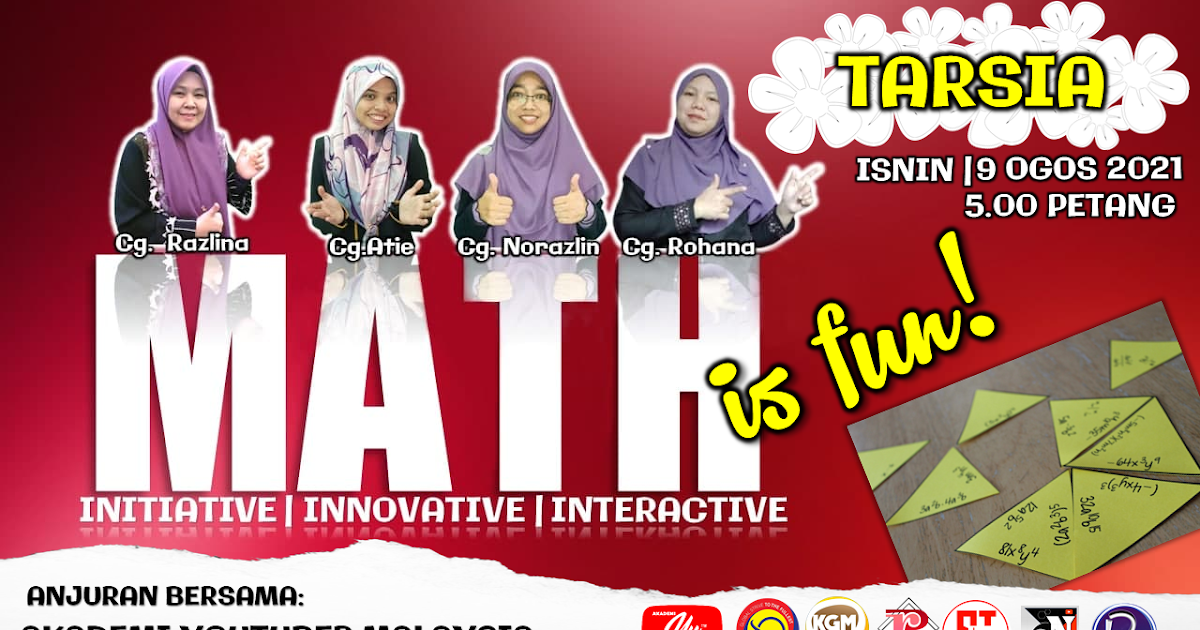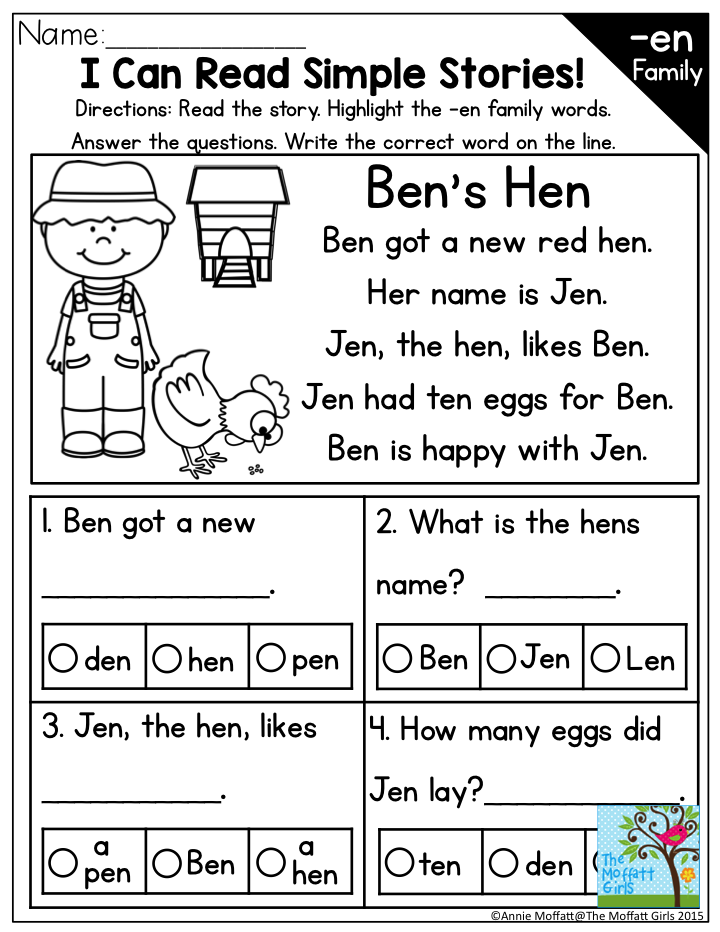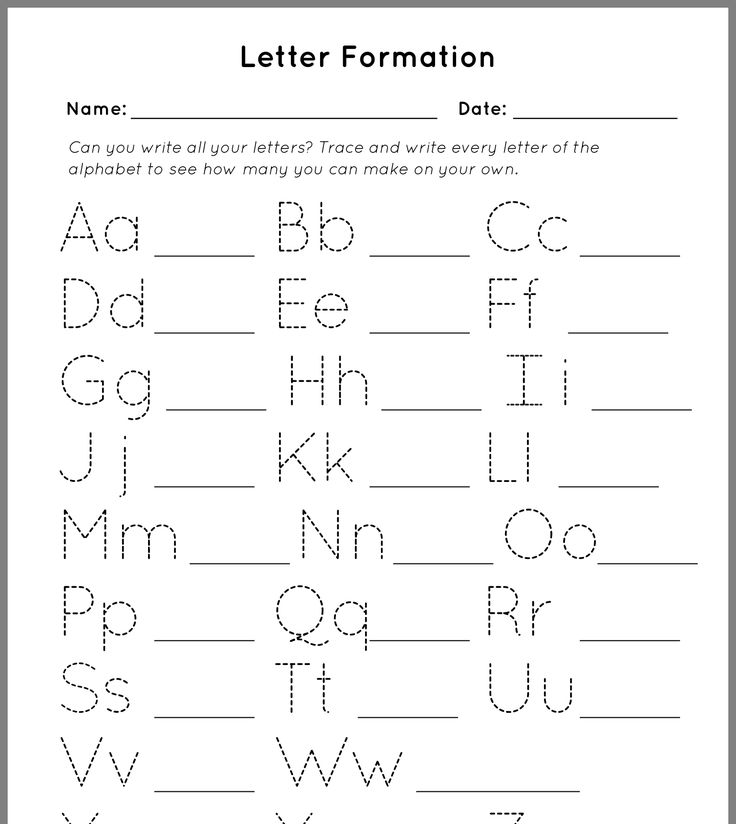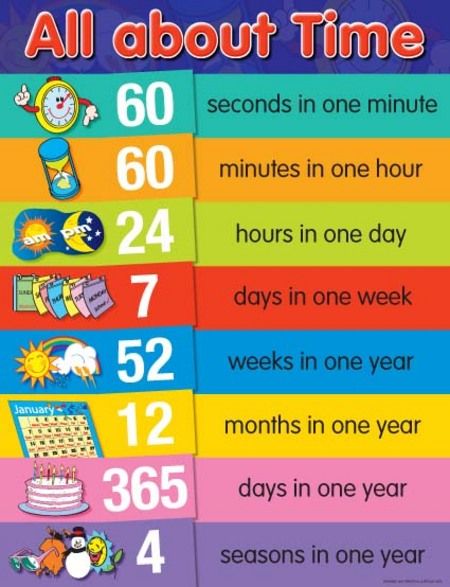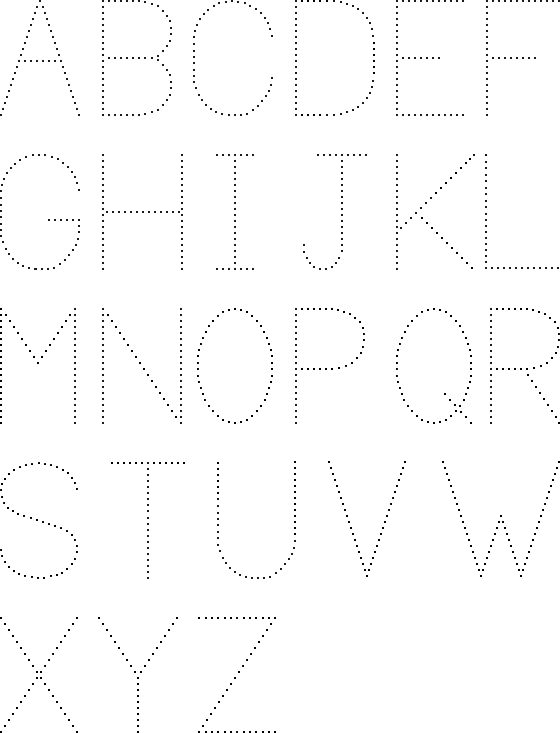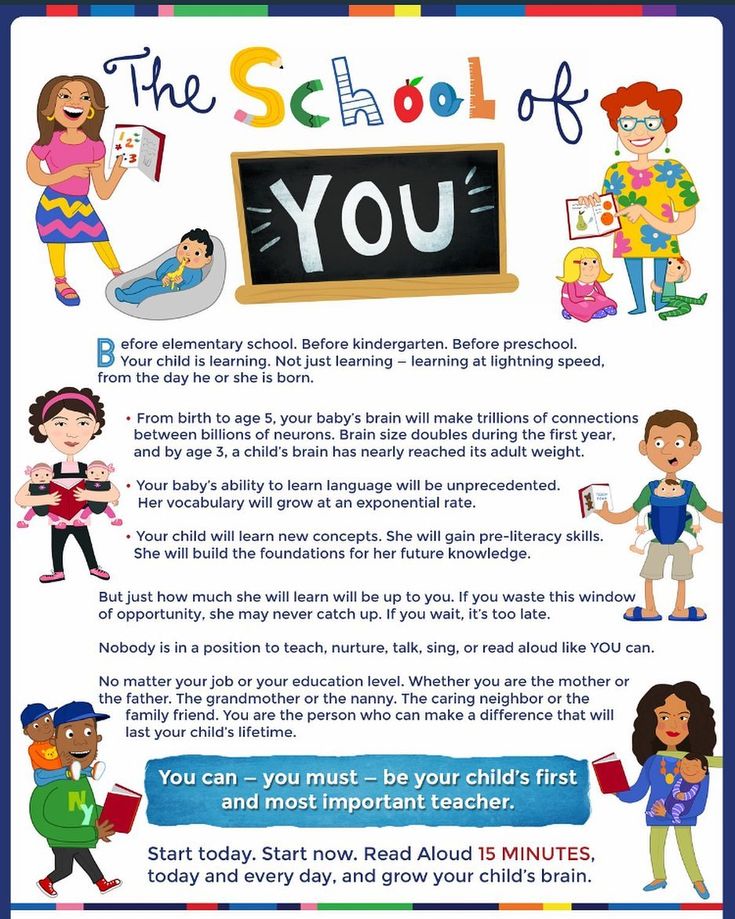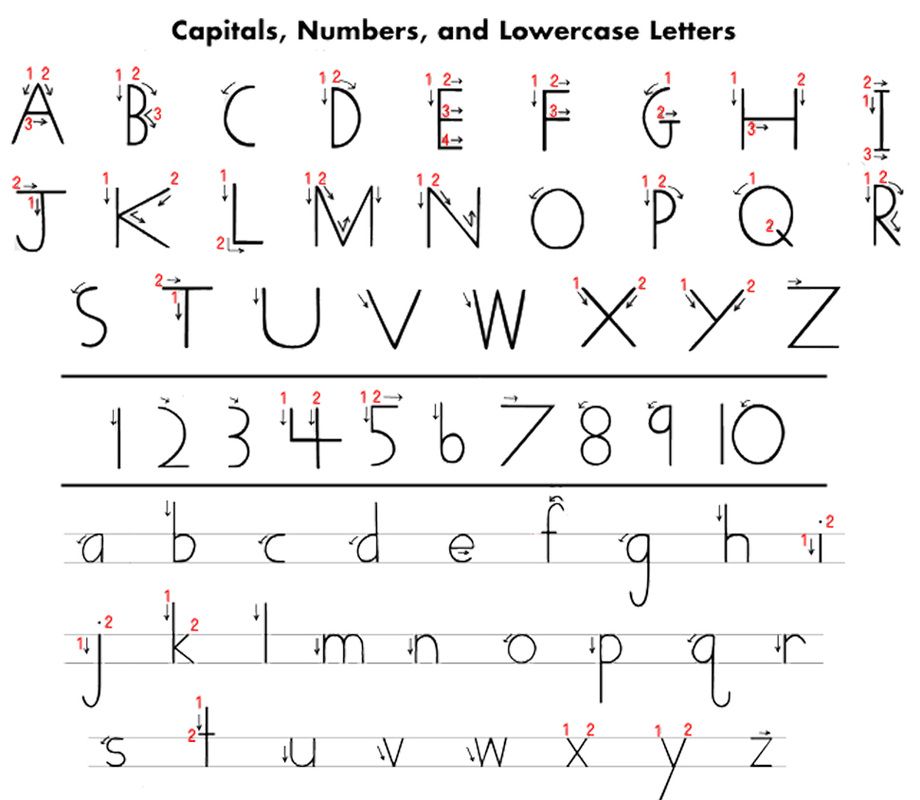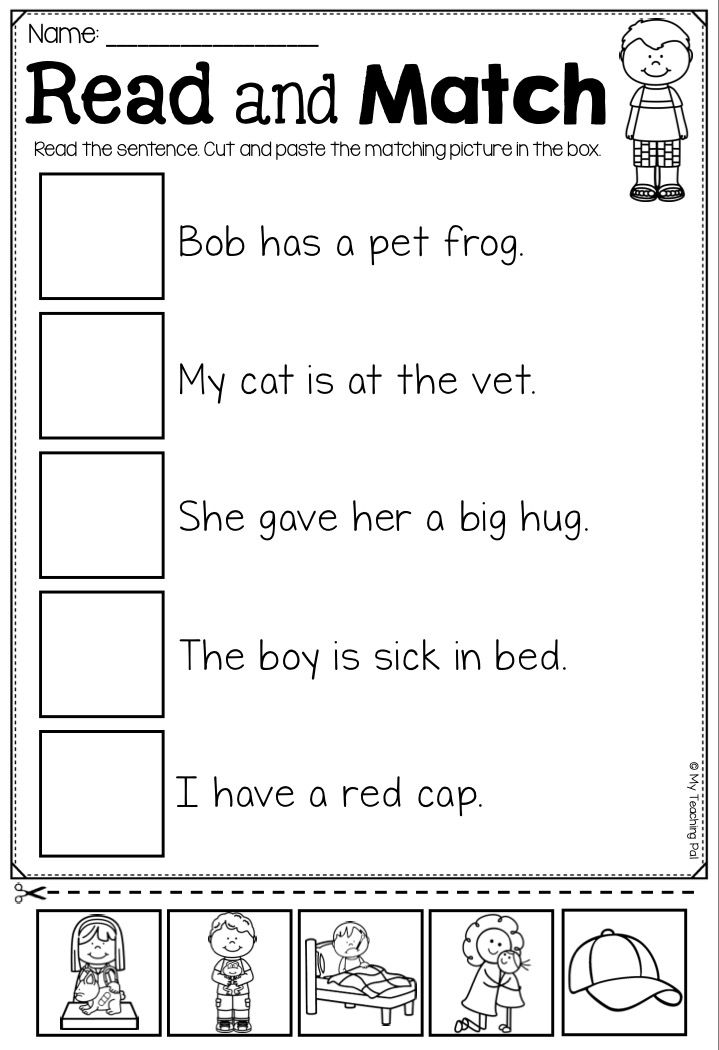What do children learn in pre k
16 Things Kids Learn in Preschool
- Share
Ever wondered what your kids are really learning at preschool when it seems like they’re just playing all day? The good news is that if it seems like they’re “just playing” then the school is doing something right!
Learning during the first 6 years is about building skills through play.
This does not only apply to babies and toddlers. Preschoolers learn best through play, when using their whole body and engaging the senses.
You may be wondering what a preschool curriculum should include or what subjects are focused on. This is not really that important. There is no curriculum-in-a-box, but rather a set of abilities and skills a preschooler should develop.
Some preschools choose to use set themes around which to plan play activities; others let themes develop naturally (learning about caterpillars when a child finds one in the garden).
A good quality preschool will give your children a well-rounded education through a balance of free play and well-planned, adult-guided play.
So, what do kids learn in preschool? Here are 16 things.
1. Gross Motor SkillsPhysical development starts with developing gross motor skills – the large muscles of the body.
At preschool, your children will be moving nonstop. Movement is the most important skill to develop first in the early years as it is necessary for all other learning.
Children must develop skills such as strength, hand-eye coordination and agility.
They also need to develop two important senses – vestibular and proprioception – responsible for balance and body awareness.
Movement is important as it stimulates learning, improves concentration, gives the brain oxygen and works both sides of the brain. Good gross motor skills also lay the foundation for fine motor skills.
Some examples of gross motor activities:
- Throwing and catching balls
- Playing hopscotch
- Singing action songs
- Playing with bean bags
- Balancing on beams
- Climbing and hanging
- Skipping and hopping
- Running and chasing games
 Fine Motor Skills
Fine Motor SkillsFine motor coordination – the development of the small muscles – is a prerequisite to learning how to write and is necessary for performing everyday tasks.
In preschool, children spend a large portion of their day working on these skills.
Fine motor skills are developed through all kinds of art activities, such as:
- Drawing
- Painting
- Cutting
- Pasting
- Box construction with waste materials
They can also be developed with other fine motor activities such as:
- Pegboards
- Puzzles
- Threading and lacing
- Playing with pegs
- Playing with construction toys (Lego is great)
- Moulding playdough
Developing a pencil grip and learning to form letters starts with all these kinds of fine motor activities.
3. Early Mathematical ConceptsPreschool is where the foundations for mathematics begin. No child ever learns maths in the first grade. The type of maths they learn just becomes more formal.
No child ever learns maths in the first grade. The type of maths they learn just becomes more formal.
In the preschool grades children learn:
- Rote counting (such as counting up to 20)
- One-to-one correspondence (reliably counting objects)
- Classifying
- Sorting
- Length
- Capacity
- Weight
- Area
- Temperature
- Time
- Space
- Shape
These concepts are learned while having pure fun – in the sandpit, while baking, playing with water, building with blocks and even while tidying up.
4. Problem SolvingProblem solving is an important life skill and one that must be developed early on. Learning this in preschool also helps children with mathematical problem solving during the formal grades.
Problem-solving skills are built during simple activities such as:
- Construction play
- Building puzzles
- Playing board games
- Resolving problems during social play
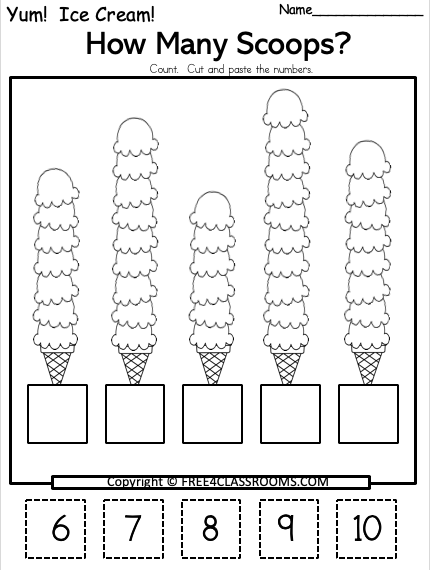 Language and Vocabulary
Language and VocabularyPreschool is a language-rich environment where children’s vocabulary expands dramatically.
They learn sentence construction, the use of grammar and tenses, the meaning of words, etc.
Language and vocabulary are learnt throughout the day while:
- Having circle time discussions.
- Singing rhymes and songs.
- Playing games.
- Playing alone and with friends.
- Learning about a theme.
- Playing with toys, equipment and other materials.
- Listening to stories.
Writing starts with developing important pre-writing skills through play and art activities.
These four skills are specific requirements for learning to write and will be the focus during preschool:
- Pencil grip
- Crossing the midline
- Learning about letters and their formation (through play, not formal writing)
- Learning to form patterns (for example drawing big waves or zig-zags which mimic the shapes found in letters)
 Listening Skills
Listening SkillsListening is one of the most important and often underdeveloped skills. This should be a focus area during preschool.
Children learn to listen by doing these kinds of activities:
- Listening to stories
- Playing games such as Broken Telephone or I Spy
- Following instructions
- Class discussions
- Music activities
Although your children are learning to listen at school, it is highly recommended to focus on these skills at home too. Children with good listening skills are much more successful and capable at school.
Here are some listening games you can play at home.
8. Musical SkillsMusic in preschool is about so much more than just developing musical skills.
Music develops children’s:
- Vocabulary
- Understanding of rhyme, syllables and sounds
- Auditory perception
- Concentration
- Fine motor skills (finger plays)
- Gross motor skills (action rhymes)
- Mathematical skills (counting rhymes)
- decision-making skills (games such as musical chairs)
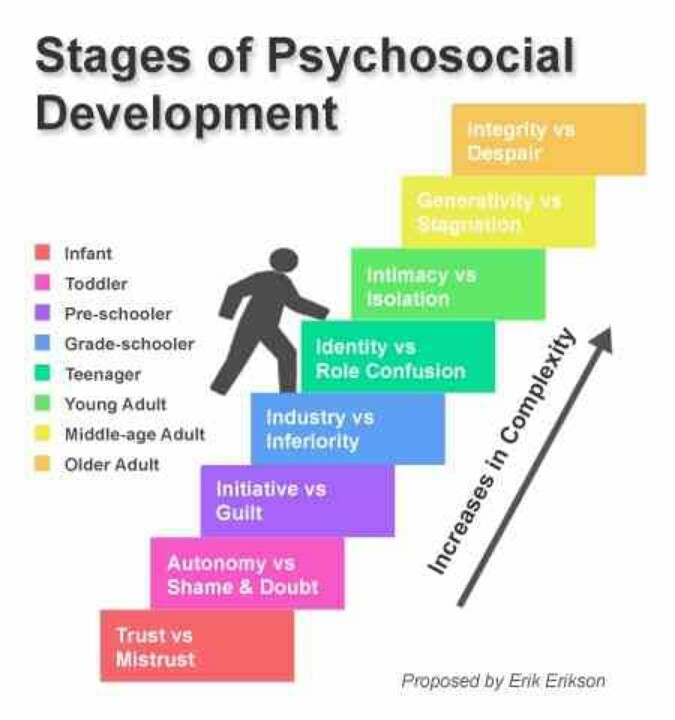 Visual Perceptual Skills
Visual Perceptual SkillsVisual and auditory perception are the two main building blocks of learning to read.
Children develop their visual perception during preschool with the following types of activities:
- Activities that teach about shapes and colours
- Patterning activities
- Puzzles and tangrams
- Card games
- Memory games
Auditory perception is the brain’s ability to make sense of what the ears hear. It is vital for being able to learn sounds for reading.
These kinds of activities develop auditory perception:
- Reciting rhymes and poems
- Playing with instruments
- Playing sound games
- Playing word games
During preschool children develop all the necessary pre-reading skills to set them up for learning to read formally.
Learning to read requires developing sound knowledge (auditory perception) and symbol knowledge (visual perception), as explained above.
These are the five main pre-reading skills:
- Print awareness – understanding that written words convey meaning.
- Motivation to read – exposure to books that ignites a desire to read.
- Listening comprehension – the ability to understand what is heard.
- Letter knowledge – informal exposure to letters and their sounds during play.
- Phonological awareness – being able to hear sounds in words (beginning, middle and end sounds).
Children are exposed to these kinds of activities:
- Playing rhyming games
- Playing word games
- Games involving hearing syllables
- Playing listening games
- Following instructions (single and multiple instructions)
At school, children also strengthen their memory, a skill they will rely on for learning throughout their education.
These are the kinds of games that are often played in preschool classes:
- Memory card games (get your own cards by downloading the FREE set of printables at the end of the post).

- Circle memory games such as “I went to the shops and I bought a…”. Each child has a turn to add an item, but must first recall the entire list before adding their item.
- List games such as “Categories”. Pick a category (e.g. fruits) and go around the circle asking each child to add the name of one fruit. No fruits may be said twice so children must remember which ones were already mentioned
As children explore and interact with their environment and nature, they also learn about early science concepts.
A great example is learning about physics by discovering the properties of water during water play:
- Water makes sand heavier.
- Water influences the texture of sand.
- Water falls through space (e.g. through a sieve).
- Air (wind) moves water.
- Water is a liquid because it pours.
- Water takes the shape of the container it is poured into.

Where better to learn social skills than in preschool? Children are surrounded by friends and adults and they learn to interact appropriately with others.
Throughout the day children learn about:
- Taking turns
- Sharing
- Considering the opinions of others
- Showing empathy
- Cooperating and negotiating
- Resolving conflicts
- Leading and following
- Creating and following rules in games to encourage positive interaction
Preschool is where a child’s creative spark can really be ignited.
There are many opportunities throughout the school day where children develop their creative expression:
- During art activities – painting, constructing, drawing
- Musical activities – dancing, singing and playing with instruments
- Playing with construction toys
- Drama and puppet play
- Telling stories
- Fantasy/ dress-up play
- Outdoor play (e.
 g. building forts)
g. building forts)
Last but perhaps most importantly, the greatest takeaway for young children at preschool is their growing independence.
Children learn to take care of themselves and show a sense of responsibility and a desire to be competent.
There are endless opportunities for this:
- Regular tidy-up times
- Taking accountability for actions
- Looking after belongings (shoes, bags, books, etc.)
- Self-care (going to the bathroom, washing hands, etc.)
- Making choices throughout the day (during free play or activities with choice)
And there you have it. That is certainly not a complete list as your kids are learning so much but that is more or less a summary of what skills a preschooler should have.
Here is a detailed school readiness checklist if you’d like to delve into each developmental area more.
Be wary of preschools that focus on academic skills. This is developmentally inappropriate and, as you can see from the list above, play is important during the early years.
This is developmentally inappropriate and, as you can see from the list above, play is important during the early years.
Get FREE access to Printable Puzzles, Stories, Activity Packs and more!
Join Empowered Parents + and you’ll receive a downloadable set of printable puzzles, games and short stories, as well as the Learning Through Play Activity Pack which includes an entire year of activities for 3 to 6-year-olds.
Access is free forever.
Signing up for a free Grow account is fast and easy and will allow you to bookmark articles to read later, on this website as well as many websites worldwide that use Grow.
- Share
The Ultimate Guide to Preschool
Preschoolers learn “pre-skills,” which lay the groundwork for the future. Through their playing, singing and learning, preschoolers gain skills that ultimately help them learn to read, write, build their math and science skills, and become successful students.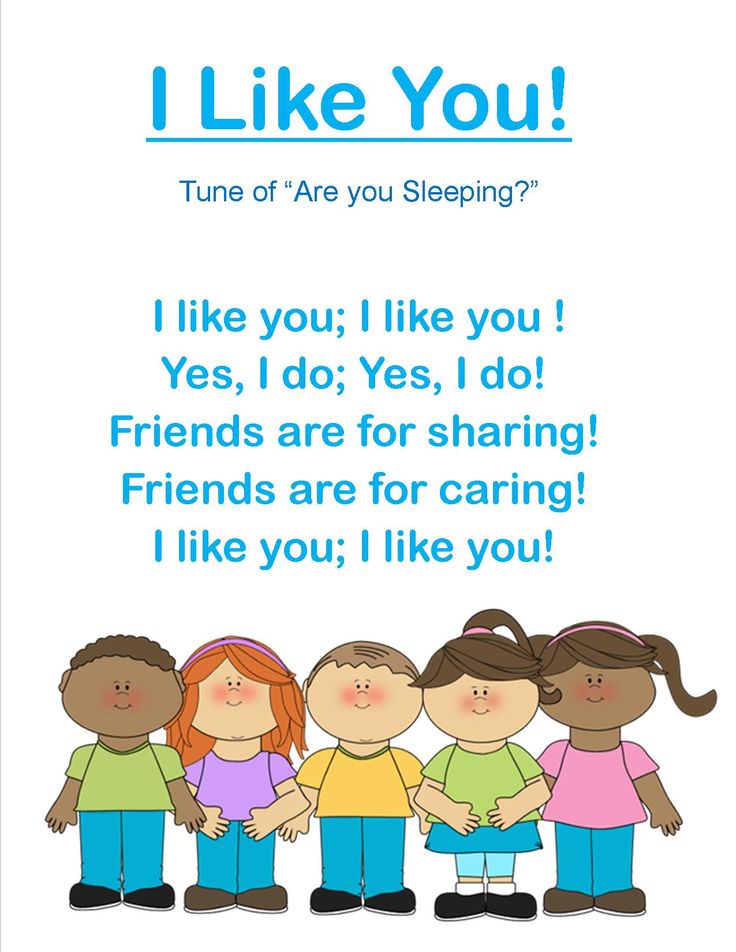 Preschoolers also learn “school readiness” skills, which help them understand the routines of school, how to work in groups, and how to be students.
Preschoolers also learn “school readiness” skills, which help them understand the routines of school, how to work in groups, and how to be students.
Preschool classrooms are often organized by centers or areas that are divided by different subjects and types of play. For example, a typical preschool classroom may have the following centers: reading, arts and crafts, water/sand table, building and math toys, and an area for pretend play. The school day is structured with both time for free play, during which children can choose which centers to play in, as well as structured schedules devoted to each subject.
Though it may seem like it, preschool is not all fun and games. In fact, preschoolers learn through the fun and games! Research has shown that the development of early literacy and math skills in preschool is associated with future school achievement in both mathematics and literacy. (Here's everything to know about language and literacy development in children ages 3 to 5.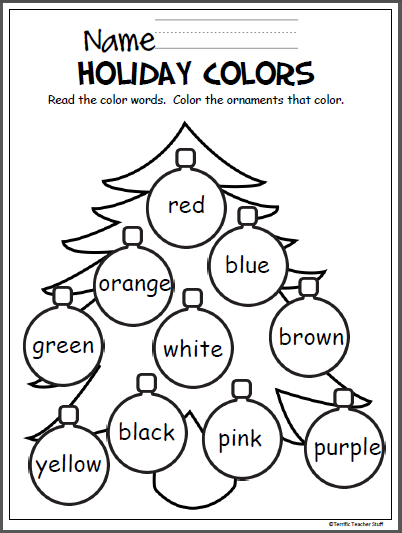 ) Preschoolers are very enthusiastic about exploring the math and science concepts described below and these positive attitudes can also greatly contribute to their future success in school. In addition, as preschoolers move through their classrooms and manipulate toys, puzzles, and shapes, they develop important cognitive skills.
) Preschoolers are very enthusiastic about exploring the math and science concepts described below and these positive attitudes can also greatly contribute to their future success in school. In addition, as preschoolers move through their classrooms and manipulate toys, puzzles, and shapes, they develop important cognitive skills.
Reading in Preschool
Preschoolers develop their literacy skills throughout the day, not only during the scheduled “reading” time. Teachers use read-alouds as well as poems, songs, and rhymes to teach topics across all subjects, and classrooms are filled with signs and labeled objects which help kids make connections between objects and words, and words and letters.
In order to build reading skills, your preschooler:
- Recites rhymes, songs, and poems.
- Is surrounded by words and labeled objects in his classroom.
- Begins to recognize letters and their sounds.
- Reads, listens to, and talks about books.
Reading Activities
- Make Character Puppets: Create sock or brown paper bag puppets of your child’s favorite characters in books you read together.
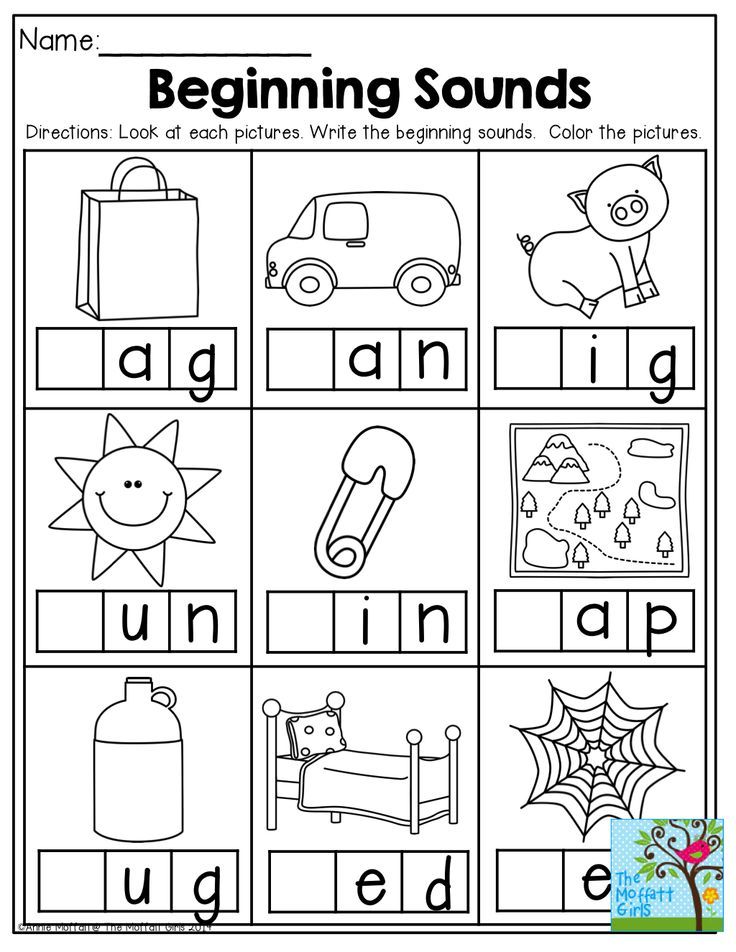 Use the puppets to act out the stories with your child. You can also use finger puppets like those in this The Day the Crayons Quit Tote Bundle.
Use the puppets to act out the stories with your child. You can also use finger puppets like those in this The Day the Crayons Quit Tote Bundle. - Make Up Stories: Tell your child stories about your childhood and make up stories together.
- Use a Computer: Identify and type out letters, names, and words.
- Make Letter Cookies: Roll out cookie dough into letters. You can also spell out your child’s name and other words with it. Here are sensory ideas for teaching sight words.
- Rhyme Time: Play a game in which you take turns saying words (both real and silly), thinking of as many rhymes as possible.
Preschool Reading Checklist
1. First Little Readers Guided Reading Pack (Levels A-C): This parent favorite jumpstarts success in emerging readers with an impressive collection of motivating stories that encourage key early learning skills. This incredible resource helps kids develop skills they'll need in kindergarten.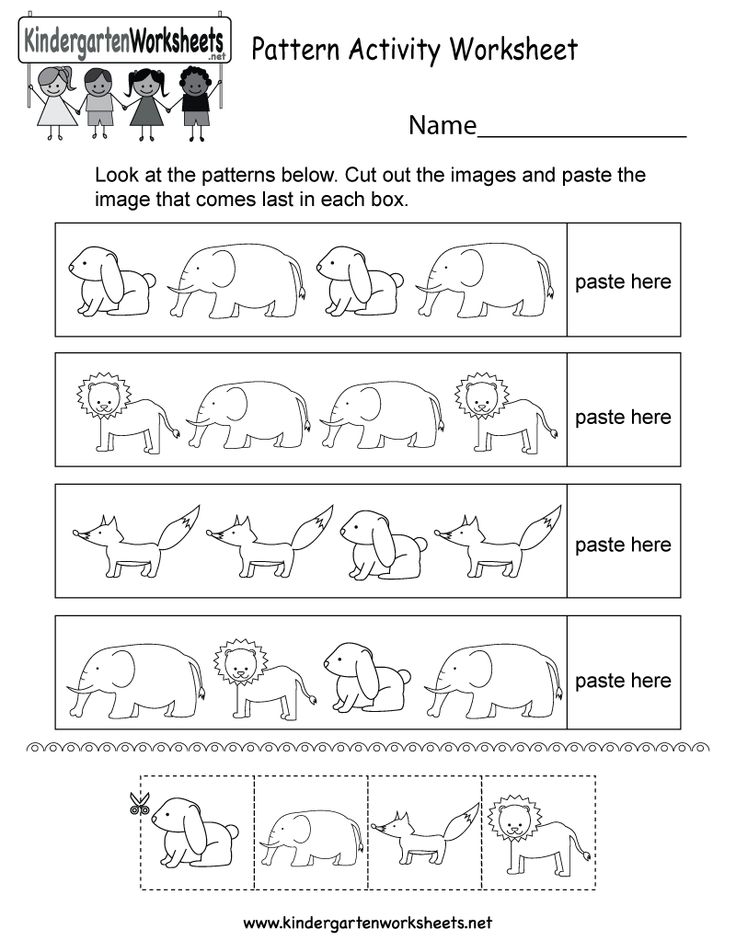 Read more about it here!
Read more about it here!
2. Pete the Cat Phonics Box Set: Complete with 12 colorful books covering long and short vowel sounds, a carry-along box, and original artwork from author/illustrator James Dean, this groovy set uses research-backed methods to easily teach kids how to read.
3. David Goes to School: You already know high-energy David from the lovable No, David!, and in this charming book, he teaches preschoolers all about how to act in a school setting — all while providing a ton of laughs!
4. Baby Shark: This sing-along book isn't just incredibly catchy, but its repition teaches preschoolers about the rhythm of language, something that will be helpful as they develop their pre-reading skills. The picture guides illustrating accompanying dance moves will also help them sharpen their fine motor skills and their ability to follow directions. Follow this book up with Hide-and-Seek, Baby Shark! and Bedtime for Baby Shark.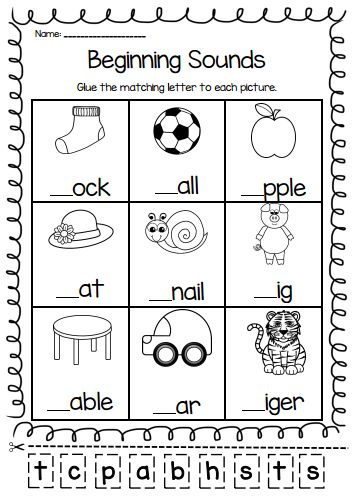
5. BOB Books Value Set: The BOB Books, created by a teacher, are often the first books children can read all by themselves. This big bundle includes nine book sets and covers everything from the alphabet to rhyming words.
Writing in Preschool
Many of preschoolers’ early writing skills are developed through the various arts and crafts projects they do throughout the day. As preschoolers paint, draw, cut, stick, and glue, they build strength in their hands and develop their fine motor skills, gaining the strength and skills required to hold and use pens and pencils. (Here's what's happening when your preschooler starts to color inside the lines.) And, of course, the reading that your preschooler does is directly connected to developing her writing and literacy skills.
In order to build writing skills, your preschooler:
- Draws, paints, cuts, and glues, developing fine motor skills.
- Practices writing letters and names.
Writing Activities
- Practice Writing Your Child’s Name in Creative Ways: Use sidewalk chalk, paints, a stick in the dirt, or write on a steamy window.

- Arts and Crafts: The more your child draws, glues and paints, the stronger his hands will be. Preschoolers love to glue and cut anything from googly eyes and shapes to pictures from magazines.
- Write Letters and Cards: Your child can help you write a letter or card to someone. She can decorate it and help you decide what to write. She can even hold your hand as you write some of the words (particularly, her name) or add her own “note” or picture to a card you write.
- Cut things!: Guide your child in cutting out different shapes from paper, felt, or another material. He can also cut objects such as plastic straws or lines on wrapping paper.
Preschool Writing Checklist
1. Scholastic Early Learners: Write and Wipe: This dry-erase book helps preschoolers learn letters and numbers, all while providing pictures and words for them to trace. Parents love this book because kids can use it over and over again for repeated practice (check out more details about the Write and Wipe books here!).
2. Little Skill Seekers Ages 3-6 Value Pack: A great resource to pair with Write and Wipe books, this set of activity books advances key early learning skills like recognizing shapes, sounds, and colors, and tuning up fine motor skills! Here's how one mom uses them with her son.
3. BOB Books Workbook Pack: A great companion to BOB Books, this collection allows preschoolers to extend their reading journey into workbooks, where they'll find custom content designed to boost reading and writing skills. They will be able to grow with this workbook set as they enter kindergarten and first grade, too.
4. Preschool Workbook Bundle: This comprehensive bundle provides everything you need to lay a foundation for successful learning for your preschooler. From wipe-clean workbooks to a sticker activity book, it provides all of the pre-k fundamentals (and fun!).
Math in Preschool
Daily preschool math activities include learning numbers, practicing counting, creating and learning shapes, and working with calendars.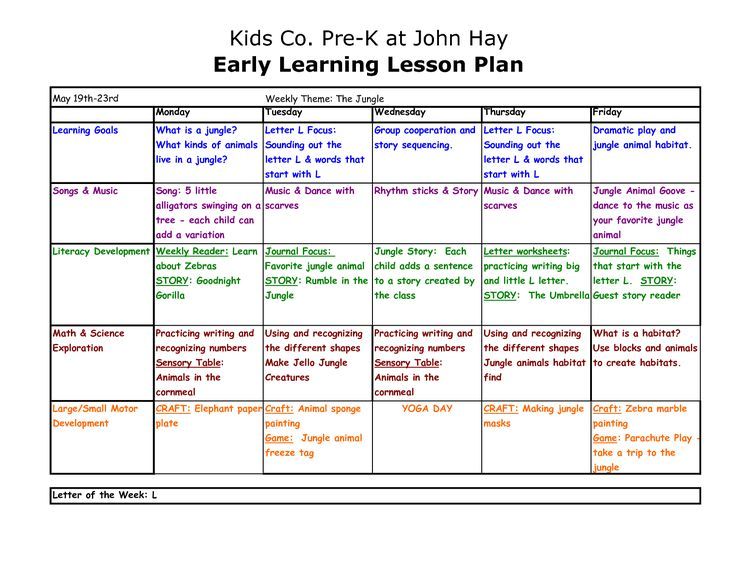 In addition, playing with puzzles, building toys, blocks, and games helps preschoolers practice and build math skills as they count, manipulate objects, and work with different shapes, spaces, and sizes.
In addition, playing with puzzles, building toys, blocks, and games helps preschoolers practice and build math skills as they count, manipulate objects, and work with different shapes, spaces, and sizes.
In order to build math skills, your preschooler:
- Counts.
- Learns what a number is.
- Learns about, finds, and forms shapes and patterns.
- Measures.
- Sorts, categorizes, and compares objects.
Math Activities
- Count in a Fun and Active Way: Count steps as you climb them, count as your child jumps, or count objects as you buy them in a store.
- Play with Shapes and Patterns: Use blocks, straws, sticks, and other objects to make shapes and create patterns.
- Sorting Races: Ask kids to sort different shapes and colors as fast as they can.
- I Spy: Play “I Spy” with shapes and colors. For example say “I spy a circle,” or “I spy something red.” You can also use the I Spy books for this.
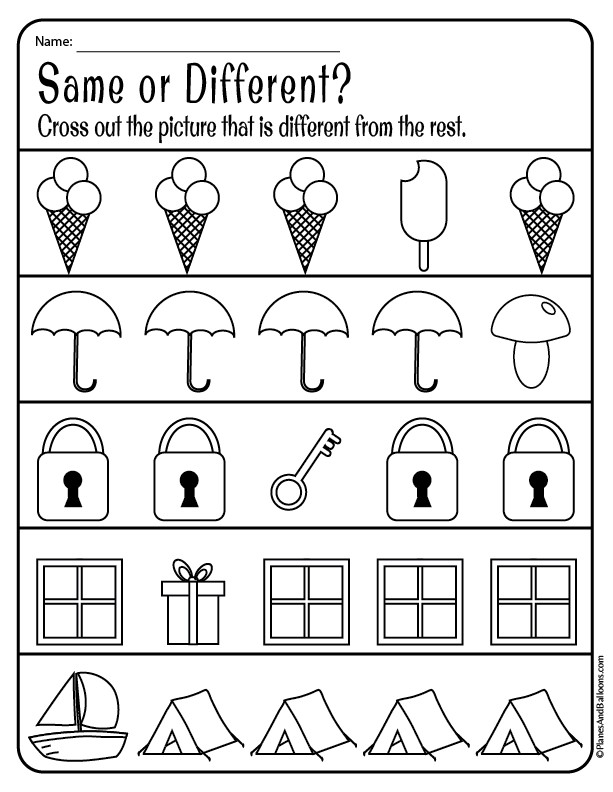
- Shape Collages: Make collages or books of objects that are different shapes and colors.
- Number Books: Make your own counting book. Each page can have a number and that quantity of objects. Use drawings, photographs, magazine clippings, or actual objects (buttons, small toys, etc.).
- Play with Your Food!: Make different shapes out of food such as sandwiches, cut up vegetables, noodles, and pizza dough. Alternatively, cut pizza dough or tortillas into different shapes of pizza.
Preschool Math Checklist
1. Scholastic Early Learners: Slide and Find Dinosaurs: With this interactive book, preschoolers learn about both dinosaurs and numbers. The slides reveal vivid photography of dinos when moved, helping children learn numbers 1 to 10.
2. PAW Patrol: Heroes at Work!: Your preschooler's favorite puppy pals race off to different rescue adventures in this book, which is presented in a countdown format that subtly teaches numbers. Kids can list off numbers with you as each PAW Patrol pal heads off and then returns to celebrate a job well done! (Side note: This is the ultimate craft kit for PAW Patrol fans.)
Kids can list off numbers with you as each PAW Patrol pal heads off and then returns to celebrate a job well done! (Side note: This is the ultimate craft kit for PAW Patrol fans.)
3. Scholastic Early Learners: My First Book of Shapes: This bilingual board book teaches shapes in an interactive way. Featuring see-through windows and clever pages, it also shows kids how shapes work in the real world.
4. Counting Dogs: Ten adorable dogs learn to list off numbers one through ten in this novelty counting book. The tabbed board pages are easy for little hands to flip!
Science in Preschool
Very often, teachers will teach specific science lessons once to a few a times a week. During this time, the class will learn about a certain topic (for example, water, weather, animals, plants, and nature) through the use of books, demonstrations with actual objects, explorations outside, or interactive activities. In addition, preschoolers are natural scientists as they play and explore the world around them with their curious minds. They constantly experiment and learn as they play outside, explore natural objects, and play with toys such as clay, sand boxes, and water tables.
They constantly experiment and learn as they play outside, explore natural objects, and play with toys such as clay, sand boxes, and water tables.
In order to build science skills, your preschooler:
- Is a natural scientist, constantly exploring, observing, questioning and experimenting as she plays and interacts with her surroundings.
- Sorts and organizes.
- Interacts with and learns about nature.
Science Activities
- Go Outside: Draw, write about or take pictures of plants, insects, animals, and nature.
- Cook: Mixing, measuring, and cooking all introduce your preschooler to scientific concepts and skills. Talk about what happens when things get hot, cold, or mix together, and which measurements are "more" or "less."
- Garden: Growing plants teaches preschoolers the basics of how plants grow and what they need to thrive.
- “Study” Your Pets: Talk to your preschooler about the scientific parts of your pet — its body, how it grows, its habitat, and what it needs to live.

Preschool Science Checklist
1. Guided Science Readers Parent Pack: Levels E-F: Introduce your child to the fascinating world of science with these age-appropriate readers about animals like horses, chameleons, tigers, bears, and honeybees! This pack comes with motivating stickers, a mini activity book, and tips for parents.
2. Your Hand in My Hand: This stunning stroll through the year will introduce your preschooler to the beauty of each season. The bold, beauitful illustrations perfectly capture the magic of spring, summer, fall, and winter.
3. Lego Nonfiction: Big Book of Animals: With their trademark antics and humor, adventurous Lego minifigures will lead your child through the animal kingdom in this explorative book. In addition to vibrant photography, it also features mini comic strips and infographics to keep kids engaged!
Social Emotional Learning in Preschool
Social emotional learning in a preschool classroom occurs throughout the day, as preschoolers interact with each other, learning to share, take turns, and work together. Through these interactions, they build their social skills and learn how to be successful students.
Through these interactions, they build their social skills and learn how to be successful students.
As a part of social emotional learning, your preschooler:
- Works in groups, sharing and taking turns.
- Cleans up and helps organize the classroom.
- Practices manners during meal and snack time.
- Develops conflict resolution skills.
- Develops communication and conversation skills.
Social Emotional Learning Activities
- Mind Your Manners: Practice manners such as saying “thank you” and “please” during meal times.
- Talk about Your Day: Share moments from your day with your child and ask her to do the same. When something very interesting or exciting happens, take a picture of the moment or ask your child to draw a picture of it, then decide together what you can write to describe it.
- Clean Up Toys Together: Make clean-up time fun, asking kids to find like objects, put back toys as quickly as possible, or put away toys that are a certain color or shape.
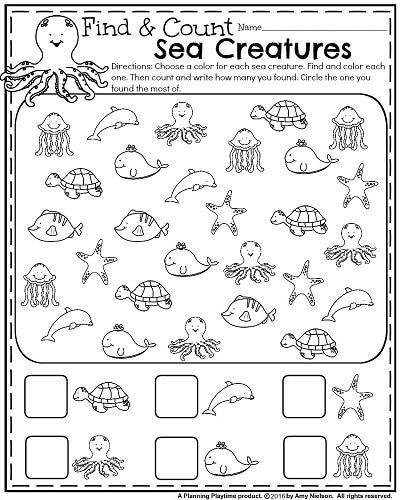
Preschool Social Emotional Learning Checklist
1. How Do Dinosaurs Play With Their Friends?: "Does a dinosaur mope, does he pout if he can't get his way? Does he hide all his dump trucks, refusing to share? Does he throw his friends' coloring books up in the air?" This playful picture book uses rhyming verse like this and humorous illustrations to teach preschoolers the right way to interact with their friends, and shows them what "playing nice" truly means — an important part of social emotional learning.
2. Should I Share My Ice Cream? (An Elephant & Piggie Book): It's an important question, and one that preschoolers will learn to answer in this sweet book from the Elephant & Piggie series. Gerald has a big decision to make, but will he make it before time melts away?
3. We're All Wonders: The picture-book edition of the famous novel Wonder, this is the story of a boy with an extraordinary face and his dog Daisy.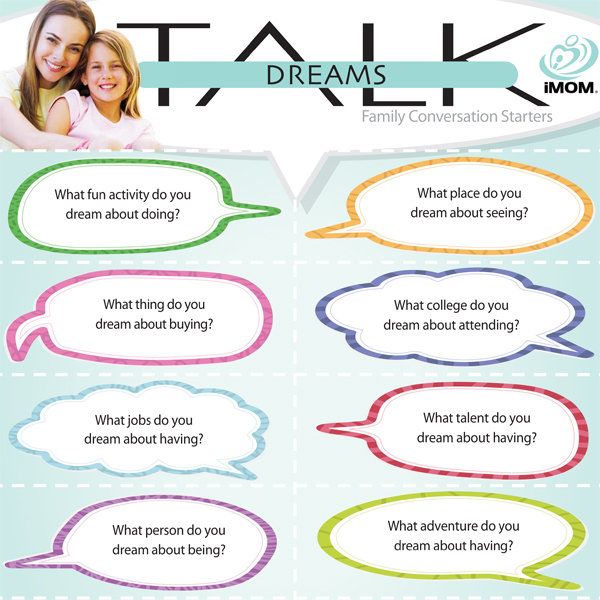 It's a fantastic way to talk about kindness and empathy with your preschooler.
It's a fantastic way to talk about kindness and empathy with your preschooler.
Pre-K for All - Growing Up NYC
Pick a language
Language List Button translate- Eligibility
- Statement
- Reference
The Pre-K application for the 2022-2023 school year is now open. Apply on MySchools by March 18, 2022.
Pre-K programs help kids get a head start in school and in life. Children acquire problem-solving skills, learn to ask questions, and explore the world around them. Pre-K programs provide a safe and nurturing learning environment for New York City children.
- Apply for the 2022-2023 Pre-K by March 18, 2022 .
- In New York, children go to prep school in the calendar year that the child turns four.
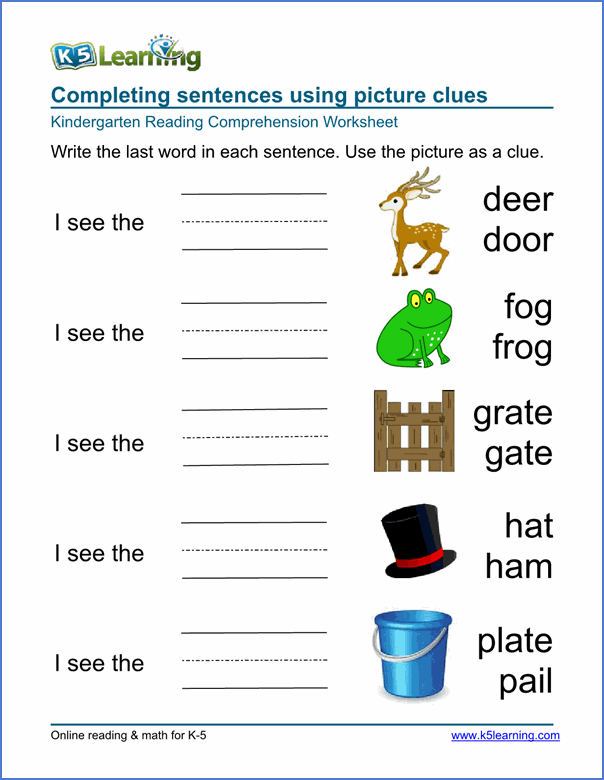
- Pre-K offers full-day, extended day, and child care programs throughout the year, including the Head Start program. To learn more.
- Pre-K programs are available at select public elementary schools, Pre-K centers run by NYCDOE staff, and community organizations. Each institution offers a consistent high quality DOE play curriculum.
Who is eligible
- All New York City families with children born in 2018 can enroll for the 2022-2023 school year.
- Children with disabilities can attend Pre-K for All programs. To learn more.
Children do not need to be toilet trained to attend Pre-K programs.
What you need to apply
View the Pre-Enrollment Checklist to learn more about the documents required to pre-register your child and accept their Pre-K offer. For translated copies of the checklist, see the Documents section of the Pre-K Registration Page for Everyone.
How to Apply
Apply for Pre-K in one of the following ways:
- Online on the MySchools Portal.
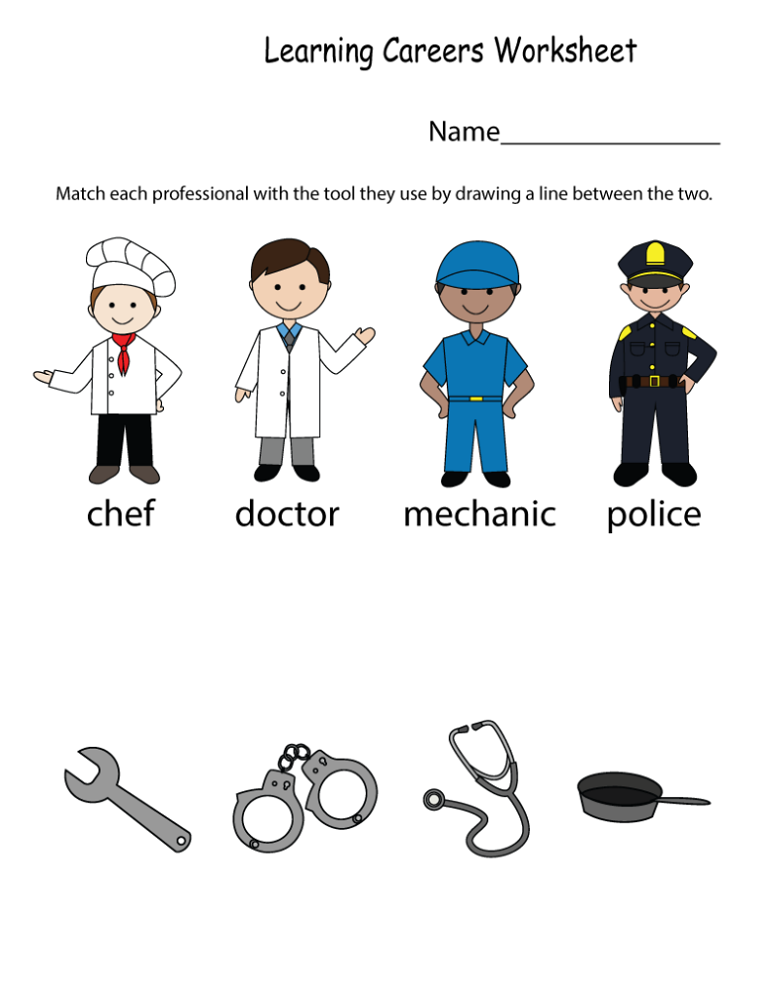 You can apply online in English, Arabic, Bengali, Chinese, Haitian Creole, French, Korean, Russian, Spanish or Urdu.
You can apply online in English, Arabic, Bengali, Chinese, Haitian Creole, French, Korean, Russian, Spanish or Urdu. - Call by calling 718-935-2009. Interpreter services are available in over 200 languages.
- In person at the Family Welcome Center.
Eligible families can also apply to join free or low-cost Pre-K programs that provide afterschool or child care throughout the year, including the Head Start program. Eligibility for the program is based on income and needs.
You can also find part-time Pre-K programs and Pre-K programs at charter schools at MySchools.
How to get help
- Visit the Pre-K NYC DOE website to learn more about the application process.
- If you have questions about Pre-K enrollment, call 718-935-2009.
- If you have questions about Pre-K enrollment, please email [email protected].
- To learn more about Pre-K programs, visit the Family Welcome Center.

Other Education Programs
View all programs
updated March 14, 2022
Top
Preschool 6-7 years old
PRESCHOOL 6-7 years old
⬤ Preparation of children for school
⬤ Classes in a game and interactive format
⬤ Morning yoga, step aerobics, massage
⬤ Twice a year we perform on the stages of Moscow theaters
| Make an appointment |
| Prices and conditions |
PRESCHOOL
Six years is the age of transition to the adult world. Our task is to form a safety margin in the child: intellectual, social, communicative and physical. This will ensure that the child goes through the period of adaptation at school painlessly, paying sufficient attention to building relationships with peers and adults.
6 - 7 YEARS
PSYCHOLOGICAL READINESS
Our children are proud to go to school. They know how to make contact with new people, communicate with adults and children, can control their behavior and try to explain the reasons for their actions. We help them recognize the need and benefit of the new activities they will be doing at school. We prepare them to easily withstand the difficulties that lie ahead.
They know how to make contact with new people, communicate with adults and children, can control their behavior and try to explain the reasons for their actions. We help them recognize the need and benefit of the new activities they will be doing at school. We prepare them to easily withstand the difficulties that lie ahead.
WILL-BEING READINESS FOR SCHOOL
A future first-grader should have a strong-willed readiness for school. Therefore, we teach them to be aware of their desires, choose a goal, plan their actions to achieve it, bring the work they have started to the end so that they are capable of learning activities in class conditions - to sit at a desk for a long time, listen and hear the teacher, follow instructions.
INTELLECTUAL READINESS
Good intellectual readiness is the basis for successful completion of the school curriculum. Without a certain stock of knowledge and skills, it will be difficult for a child to master school wisdom. A future first-grader should not only have a system of knowledge about the world around him, but also be able to apply it, establish a relationship between cause and effect.
A future first-grader should not only have a system of knowledge about the world around him, but also be able to apply it, establish a relationship between cause and effect.
GROWTH AND APPETITE
By the age of six, boys begin active growth. In girls, this process begins much later. Boys, on the other hand, grow up noticeably: those who had previously eaten poorly, at the age of six, begin to show a noticeable appetite throughout the day and may even ask to be fed again before bedtime. And those who have not suffered from a lack of appetite before will even have to be restrained a little.
I AM NO LONGER SMALL!
By the age of 6-7 years, the level of intelligence is equalized between boys and girls. The interest of the child in obtaining new knowledge is important. Here you can already see the first prerequisites for the baby to choose a favorite activity.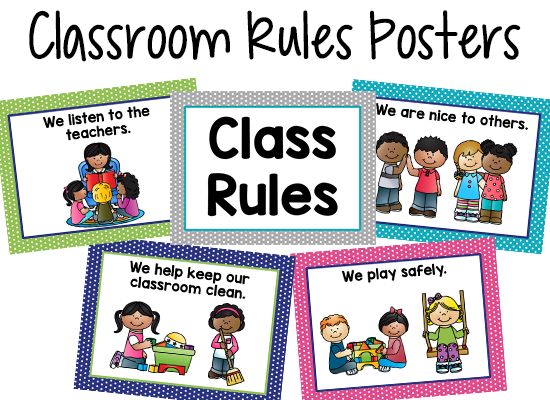 Someone with great interest learns to read or even already knows how. Another will focus on creativity or choose the exact sciences. Memory is actively developing, its volume increases significantly. Concentration on an interesting lesson reaches 45-50 minutes. Now you need to properly interest and present the educational material.
Someone with great interest learns to read or even already knows how. Another will focus on creativity or choose the exact sciences. Memory is actively developing, its volume increases significantly. Concentration on an interesting lesson reaches 45-50 minutes. Now you need to properly interest and present the educational material.
peers
At this age, “pure” communication appears, not included in any activity. Children can just talk, even if they are not playing with each other at that moment and are not doing any joint business. There are the beginnings of friendship - the desire to help each other, to show care, to give a gift or to yield in a dispute. The other child is no longer just a playmate. Now a peer is a complete person, with his own interests, feelings and preferences.
THE WORLD OF PEOPLE, NOT OBJECTS IS INTERESTING
The attention of a child at this age is still involuntary.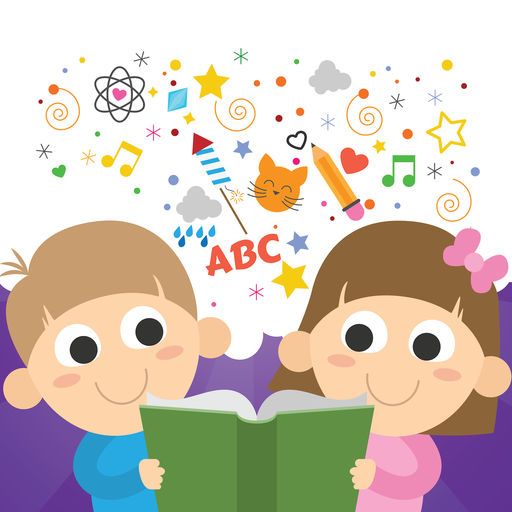 He still cannot control his attention and often finds himself at the mercy of external impressions. This manifests itself in quick distractibility, the inability to focus on one thing, in the frequent change of activity. Therefore, our task is to gradually form voluntary attention, which is closely related to the development of responsibility. This involves the careful execution of any task - both interesting and not very interesting.
He still cannot control his attention and often finds himself at the mercy of external impressions. This manifests itself in quick distractibility, the inability to focus on one thing, in the frequent change of activity. Therefore, our task is to gradually form voluntary attention, which is closely related to the development of responsibility. This involves the careful execution of any task - both interesting and not very interesting.
PHYSICAL ACTIVITY
Physical activity is extremely important for a six year old child. The body is full of energy, and it needs an outlet. Therefore, we spend as much time as possible with them in active games, in motion. Six years is a great age to start exercising. Before that, the child did not have enough concentration, willpower for training. Now they already understand that they can follow the commands of adults. There is a conscious desire to succeed, even if it is difficult.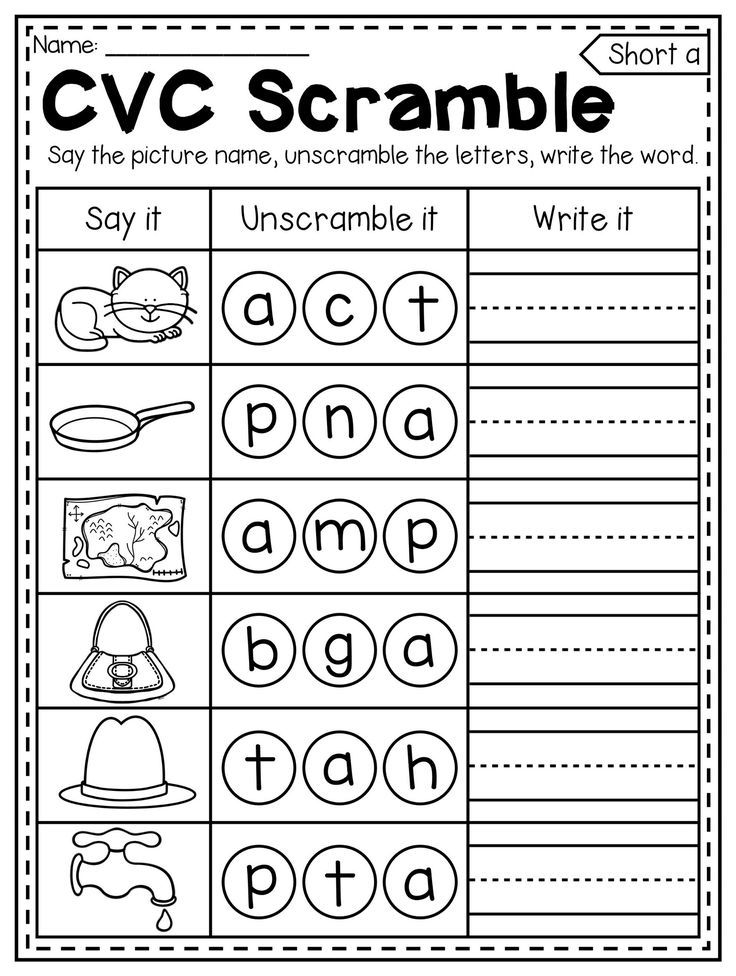
INTELLIGENCE
Increasingly, the child begins to take on the role of an adult. He often plays, reproducing reality. We see the outward manifestation of important positive changes in the child's psyche. The essence of these changes is the loss of childish spontaneity. The child acquires the ability to control his behavior - not in the game, not with the help of an adult, but on his own, of his own free will. The child's behavior becomes arbitrary, free from momentary impulses.
Features of the age
What are we developing
Emotions
Body
SPEED
Social and Psychological Development
Education of emotional competencies is to grant successful strategies to be granted to the child to be able deal with your own emotions.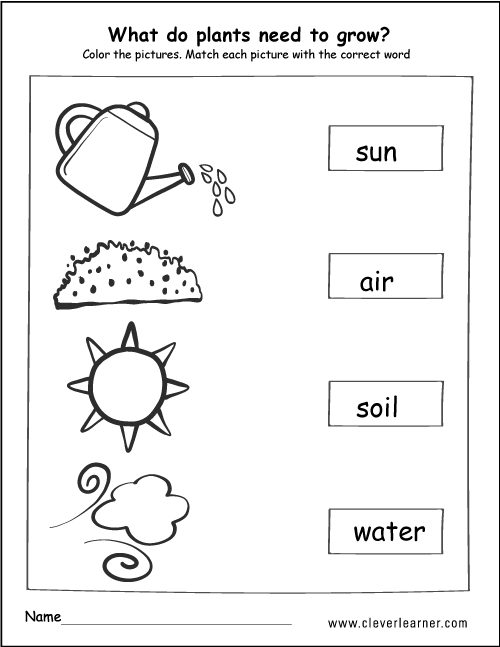 The child can use this knowledge to regulate their behavior.
The child can use this knowledge to regulate their behavior.
Physiology and health
We provide the child with opportunities for sufficient physical activity: morning yoga, outdoor walks, step aerobics, outdoor games, gymnastics after sleep and physical exercises during classes. We pay special attention to the development of movement coordination. If your child knows how to perform physical exercises, the muscles of the hands are well developed, then he will be able to withstand the increase in the load on the hands when writing.
Speech therapy and speech development
We teach to use speech as a means of communication, to share various impressions with the teacher and other children. The child can conduct meaningful dialogues and long monologues. Retells the content of the read, describes what he saw. Preschoolers talk a lot, which helps them build more complex social bonds.
THINKING
SOCIALITY
CREATIVITY
Intellectual development
We teach to think and act outside of the box.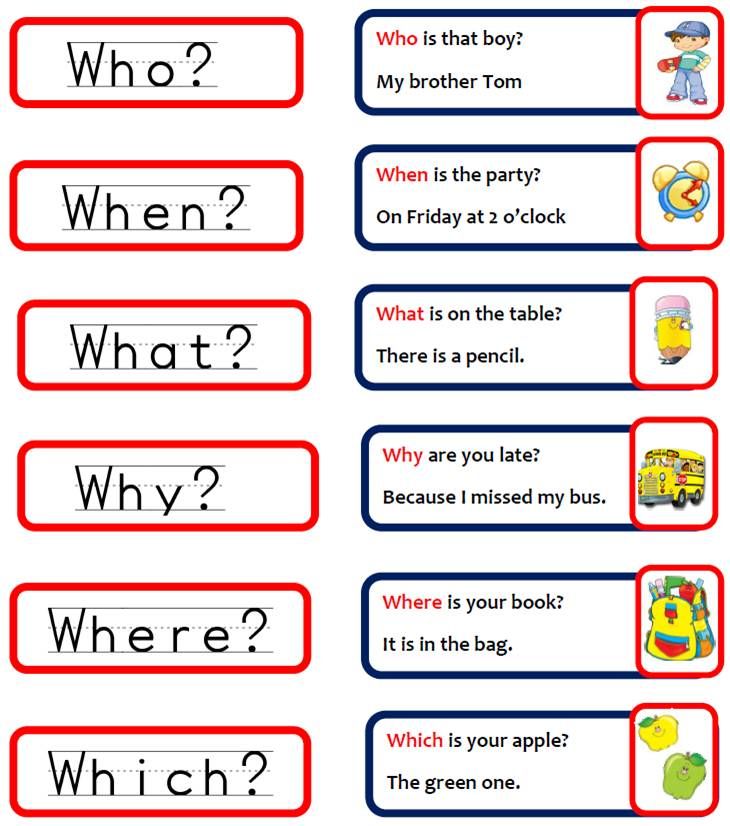 Encourage them to make their own discoveries and independently gain experience, make decisions and take responsibility for them. In Free Activity Centers children learn how to manage their time and solve tasks on their own. We teach them to think clearly and clearly, to be able to concentrate on the essence of the problem at the right time, to convince others that they are right.
Encourage them to make their own discoveries and independently gain experience, make decisions and take responsibility for them. In Free Activity Centers children learn how to manage their time and solve tasks on their own. We teach them to think clearly and clearly, to be able to concentrate on the essence of the problem at the right time, to convince others that they are right.
Social and psychological development
We teach children to compromise, work together in a spirit of partnership, actively communicate and navigate independently in difficult situations, sorting them out with the caregiver, discussing the causes and finding solutions. At this age, our children already show a respectful and friendly attitude towards adults and peers, care for the younger ones, sympathy, responsiveness, justice, modesty. They show a desire to work, participate in joint labor activities, unite for joint play and work, and help each other.
Development of abilities
We pay great attention to the creative development of children, so all the rudiments of abilities and the formation of character are formed in a child at preschool age.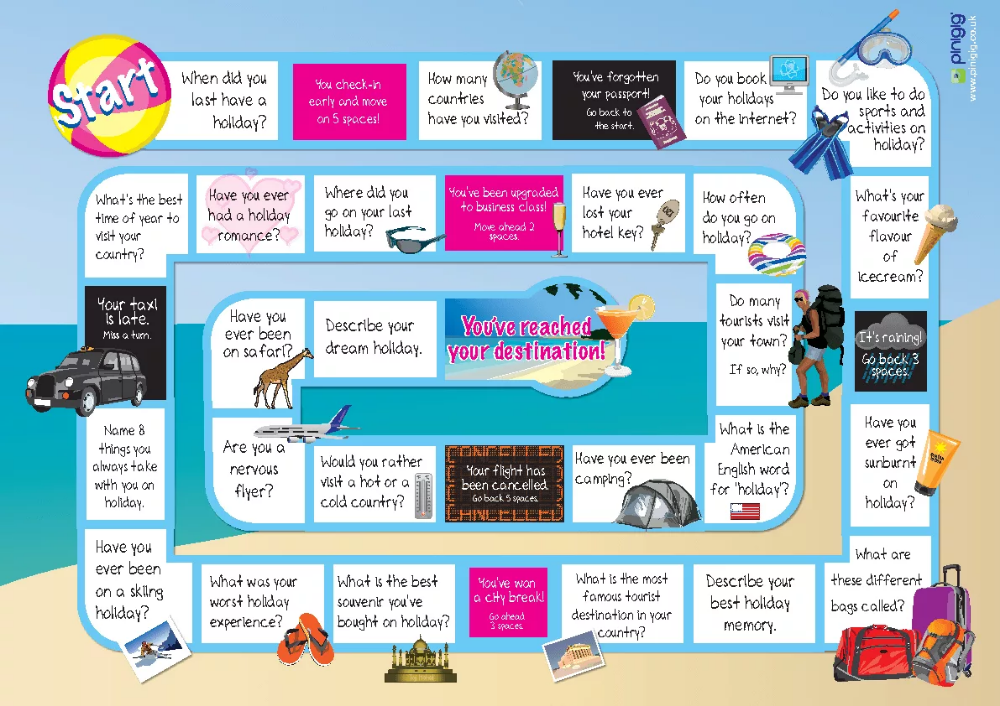 In music lessons, children sing and play instruments. At the end of the school year, the guys already know a lot of Russian and foreign composers, they know how to distinguish them. With the preparatory group, we also perform on the stages of Moscow theaters. At craft workshops, we learn to freely express our creative ideas.
In music lessons, children sing and play instruments. At the end of the school year, the guys already know a lot of Russian and foreign composers, they know how to distinguish them. With the preparatory group, we also perform on the stages of Moscow theaters. At craft workshops, we learn to freely express our creative ideas.
The mode of the day
from 8:00 to 20:00
PNVTSTPT
Monday
We meet children
Morning yoga / step-aerobika
Useful breakfast
Intellectual games. We are preparing for classes
Class
Music
Healthy walk
Healthy sleep
Appetizing afternoon snack
Creative classes
Healing walk
Tasty dinner
Fun games
English
ART THERAPY
TUESDAY
Meet the kids
Morning yoga/step aerobics
Mind games. Getting ready for classes
Classes
Robotics
Wellness walk
Healthy sleep
Appetizing afternoon tea
Creative walk
97,0003
Tasty dinner
Interesting games
plot game
The world around
Aikido
Choreography
 Getting Ready for Classes
Getting Ready for Classes Classes
Robotics
Wellness Walk
Healthy Sleep
Appetizing afternoon snack
Creative activities
Health walk
Delicious dinner
Interesting games
Theatre. Studio
Robotics
chess
English With Fun
Thursday
We meet children
Morning Yoga / Step-Aerobica
Useful breakfast
intellectual games. Getting ready for class
Class
English language
Crafts
High -speed walk
Healthy sleep
Appetizing afternoon snack
Creative classes
Healing walk
Tasty dinner
9000 plot game 00. we AIKIDO CHOREOGRAPHY FRIDAY Meet the kids Morning yoga / Step aerobics Healthy breakfast Mind games. We are preparing for classes Lessons English Speech development Logic Healthy walk Healthy sleep Appetizing afternoon snack Creative classes delicious diligence 9000 Summary Games. CLUBS BY INTEREST Theatre. studio chess Entertaining experiments
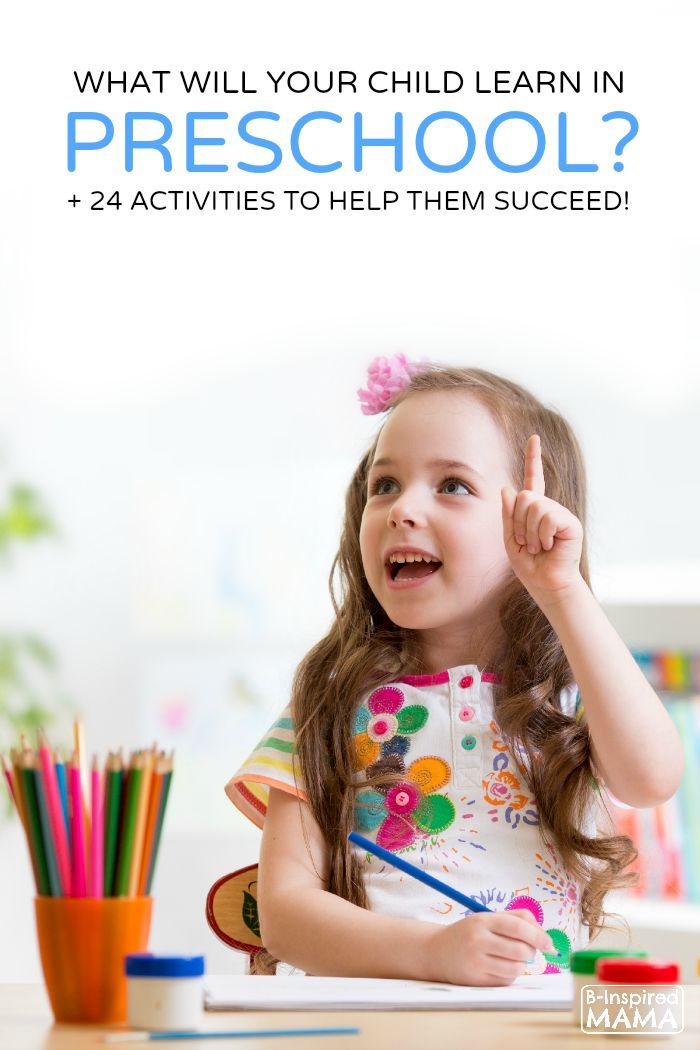 Interesting Games interesting games.
Interesting Games interesting games.
Lessons with teachers
In the group 6-7 years old
The basis of the program
- What is the name of the child (name, last name)
- How many years old he is 9000,
- when he is a birthday when child
- What is the name of the parents
- Where does he live (street, house, apartment, city)
- What country does he live in (capital)
- Knowledge of animals (wild, domestic)
- Knowledge of plants that grow in our lane
- Answer questions and ask them
- Build stories according to the picture (pictures)
- Compose fairy tales
- Compose sentences
- Find words with a certain sound, identify the first and last sound in a word
- Divide words into small syllables 9005 literary works
- Memorize poetry (prose)
- Know numbers (from 0 to 10)
- Say numbers in forward and reverse order
- Correlate the number and the number of objects
- Compose elementary problems for addition and subtraction and solve them
- Know the days of the week (sequence)
- Know the months (sequence)
- Orient yourself on a sheet of paper in a cage
- Correctly hold a pencil, pen, brush
- Be able to draw a straight line
- Be able to write a block letter according to the pattern
- Cut out of paper and carefully glue
- Draw both individual images and story pictures
- Sculpt individual images, as well as whole compositions
- Make a variety of applications from paper of different textures
From an early age, children easily perceive new information: words and features of oral speech, so learning a foreign language is easy for them. Interest in language learning must be maintained and developed. Efficiency of assimilation is achieved by creating a language environment, which is given great attention in our kindergarten. Classes are built using techniques that include game situations of different types. So the child develops listening and speaking skills, and most importantly, learns to apply in everyday activities. Namely: situational games and problem situations, watching video and music games, traditional games (e.g. Hide-and-Seek, Duck, Duck - Goose etc.) and creative tasks.
Interest in language learning must be maintained and developed. Efficiency of assimilation is achieved by creating a language environment, which is given great attention in our kindergarten. Classes are built using techniques that include game situations of different types. So the child develops listening and speaking skills, and most importantly, learns to apply in everyday activities. Namely: situational games and problem situations, watching video and music games, traditional games (e.g. Hide-and-Seek, Duck, Duck - Goose etc.) and creative tasks.
HOW LESSONS ARE STRUCTURED - 5 PRINCIPLES
1. EASY AND SERIOUS
Relaxed atmosphere and direct communication with a teacher and a native speaker. Children gradually get used to the sound of modern English speech, and over time they understand and build their own statements depending on the situation.
2. AUTHENTICITY
We use educational materials created by native speakers - games, books, manuals and videos.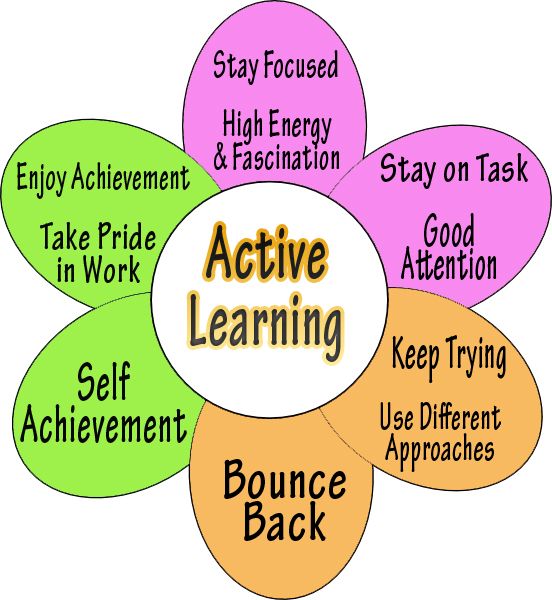
3. INDIVIDUALITY
For each age group and level of knowledge, the material of classes is selected, taking into account the age characteristics of children and the principle of changing activities. Outdoor games are replaced by calm communication, which flows into learning funny songs, watching cartoons, etc. This constantly fuels the interest in learning.
4. OPTIMALITY
Classes are held in small groups - up to 6 people. This gives the teacher the opportunity to assess the individual characteristics of each child, find the right approach to him and allow him to maximize his potential.
5. REINFORCEMENT
To consolidate what has been learned, parents are provided with a thematic selection of materials for home listening.
PROGRAM BASIS
Listening to music
Here we study composers with children. In the senior group, the guys already know 6-7 Russian composers and several foreign ones. We compare their work, find out, listen to their musical heritage, play "musical guessing game".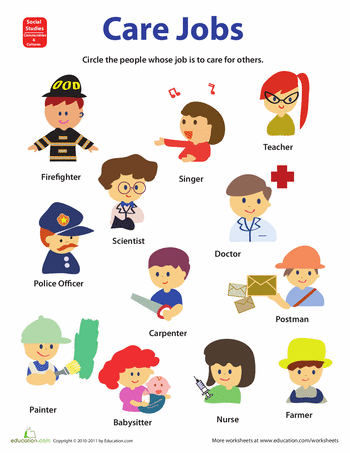 In these classes, the level is very close to the musical literature in a music school, which greatly increases the children's IQ.
In these classes, the level is very close to the musical literature in a music school, which greatly increases the children's IQ.
Playing instruments
Playing instruments helps children learn coordination, the ability to hear each other, and memorize musical sentences. This is a very subtle method of developing an ear for music.
Singing
The main type of musical activity, because it develops speech, easy, and of course vocal abilities. In addition, it contributes to the development of memory and musical ear.
Dancing
These are rhythmic movements to music. Dancing is included in the mandatory program, as it greatly affects the formation of the spine, which is why we so often walk on our heels with our children, pulling our toes. They also help to learn orientation in space - navigate in the hall, stand in the left corner, front right corner, understand what a diagonal, line, straight line, etc. are. It's very close to mathematics. When children dance dance moves, the brain learns to work ahead of the curve.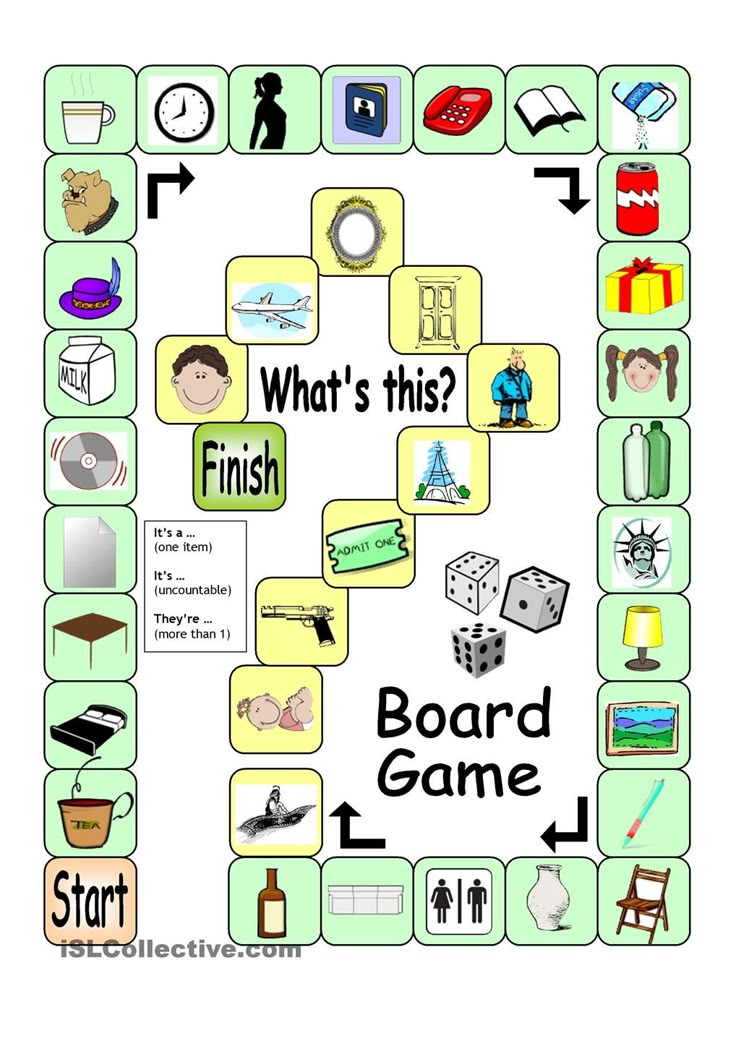 The guys think what's next, what is the next movement and in parallel listen to the musical proposal.
The guys think what's next, what is the next movement and in parallel listen to the musical proposal.
Theater
- During the year, children are waiting for 3 matinees and graduation, at the end of the year they will show a musical fairy tale
- In the senior group, we begin to perform on the stages of Moscow theaters
Another dance program for children
not only teaching classical and modern styles, but also offering a solution to many problems, such as stiffness and shyness. Dancing gives the child the opportunity to open up, feel his body, use plasticity to express his emotions and feelings.Teacher - Adelina Leonova.
ABOUT THE TEACHER
Teacher - choreographer at the Russian Art School of Maria Volodina "GRAND BALLET". Worked with Martin Harriague (France) in the play «PITCH», with Christine Assid (France) in the play «Bach. momentum. In 2018, she was nominated for the Golden Mask Award (PITCH by Martin Harriague) as a member of the Dance Theater Ballet Company. In February 2019, she toured France as part of the dance troupe "TanzTeatre" with the play "Vision of the Rose. Et cetera" staged by Christine Hassid as part of the festival "Joint dance seasons" Malandain ballet Biarritz 2018-2019".
In February 2019, she toured France as part of the dance troupe "TanzTeatre" with the play "Vision of the Rose. Et cetera" staged by Christine Hassid as part of the festival "Joint dance seasons" Malandain ballet Biarritz 2018-2019".
“Dance is important for the development of a child, especially a girl. It allows you to feel the inner strength and express it in beautiful dance steps. Develops physical data: eversion, posture, stretching. Dance will help little ballerinas to transform a huge amount of energy in the right direction.”
We cooperate with school of Nikolai Tsiskaridze and Maria Volodina .
In these classes we write solfeggio notes, get acquainted with the keyboard - black, white keys. Already in the senior group we read notes from a sheet, that is, children do not lower their eyes at all to the keys. Develops the ability to use fingers by touch. We play by ear. At the end of the year we have a "Music Lounge" where children play one or two pieces.
Classes are taught by Inna Milovidova, Honored Pedagogue of Russia.
Classes are held in the afternoon in mini-groups of 2 people. Here, children create without restrictions, using different techniques: painting, modeling, paper rolling, drawing with wool, felting, batik.
Classes are taught by Lyudmila Valerievna Sorokina, member of the Union of Professional Artists, member of the Korean Cultural Association of Paper Art in Seoul, participant in international competitions (Berlin, Prague, Budapest).
Chess is an efficient, effective tool for the mental development of children. The process of learning the basics of a chess game contributes to the development of the ability to focus on the plane, the development of analytical and synthetic activities, thinking, judgments, conclusions, teaches the child to remember, compare, generalize, and anticipate the results of his activities. It promotes the formation of such valuable qualities as perseverance, attentiveness, independence, patience, flexibility, composure, ingenuity, etc.
Teacher - Maria Teminova.
ABOUT THE TEACHER
Higher education, teacher-psychologist. She has experience in preschool institutions, sports clubs, and an Olympic reserve school. Specializes in early preschool age (from 3 years old). Not many coaches can lure a preschooler into the fairyland of chess, but for him this is just a fairy tale. Often, due to the "dry" presentation of the material, a child of 3-5 years old loses interest in chess. In her classes, she uses fairy tales and games appropriate for the age of the child. Children are always delighted with her "live" chess. Finds an approach to any, even the most difficult student, revealing his talents.
In these classes, much attention is paid to the physical and moral education of the best qualities of a person, such as discipline and responsibility for one's actions, nobility in behavior, politeness, attention to a partner and mutual assistance in difficult situations. Physical training is in the first place - the ability to be strong, resilient and dexterous, strive for a goal and not stop there.
Physical training is in the first place - the ability to be strong, resilient and dexterous, strive for a goal and not stop there.
In the lower grades, children do a lot of ukemi (belay in Aikido), learn to fall beautifully and safely during the execution of techniques, get up and continue the techniques with a smile and a good mood. They also practice paired execution of techniques, which, despite their complexity and a certain risk of injury, we perform with good clarity and control, which is inherent in the spirit of Aikido!
In addition to aikido, older guys practice striking and wrestling techniques, both in the standing position and in the stalls (lying down). They also master the applied aspects of aikido so that teenagers can protect themselves and their loved ones in conflict situations. They talk about the history, culture and traditions of Ancient and Modern Japan.
ABOUT THE TEACHER
Teacher Dmitry Prudnikov
BASIC EDUCATION
2005-20191 Russian State University of Physical Culture, Sports, Youth and Tourism0003
Additional education
2006 - Member of the International Federation of Aikido Aikido World Headquarters Aikkai Foundation, Yudansha
Experience
2005-2017 - ChOU Private School "Golden School", Doptic Doptic Dopal 9007.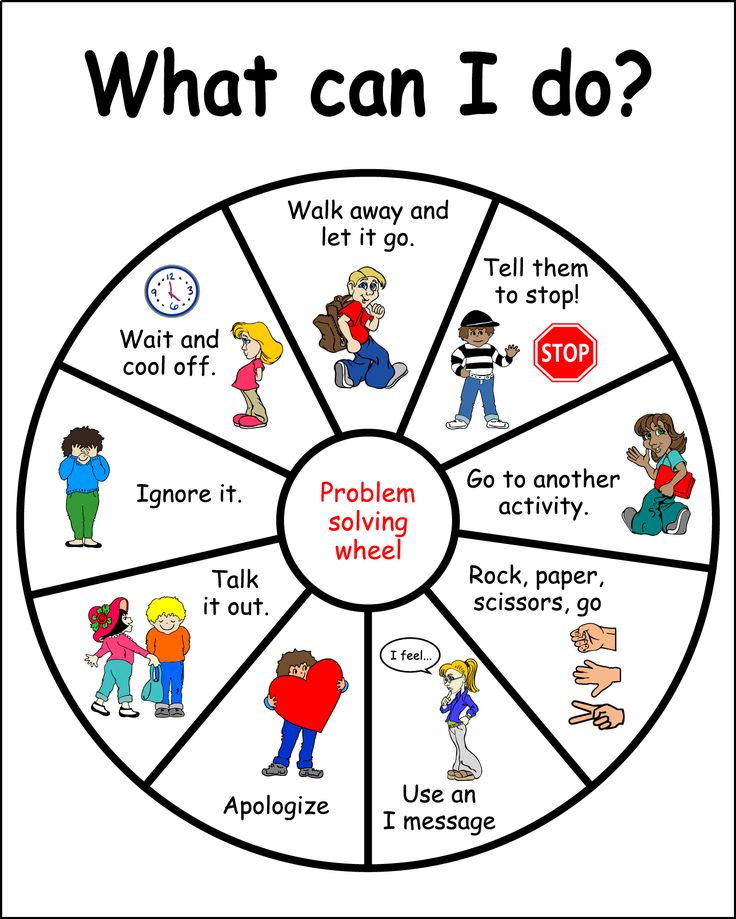 present ICA "Senkai", aikido instructor
present ICA "Senkai", aikido instructor
2017- present OOCHU "Private school "Maxima", teacher of additional education aikido trainer
AWARDS, ACHIEVEMENTS
3 dan aikido aikikai (black belt)
Born and raised in Moscow. He has been involved in sports and martial arts since the age of 9. As a child, he was engaged in swimming and sambo. I have little experience in wushu. In his student years he was engaged in boxing and bullet shooting. He has 2 junior ranks in boxing and the first rank in shooting. At the age of 20, he became seriously interested in Aikido. He began to study under the guidance of Prokhoren Vadim Valerievich (5th dan) at the Moscow Aikido Club "Senkai". He has been an instructor of the Russian Aikido Federation since 2004. At the moment he has a degree of 3 dan aikido aikikai (black belt).
During his time as an instructor, he prepared many students for the kyu degree and 6 of his students are holders of the 1st dan (black belt) degree in aikido aikikai.


